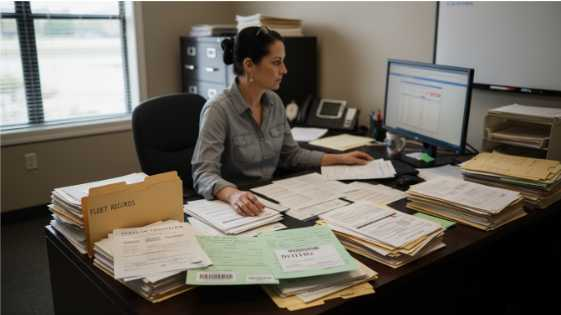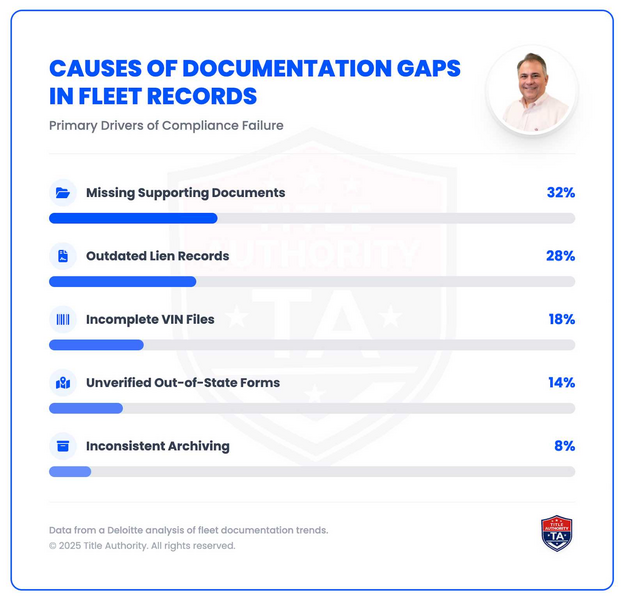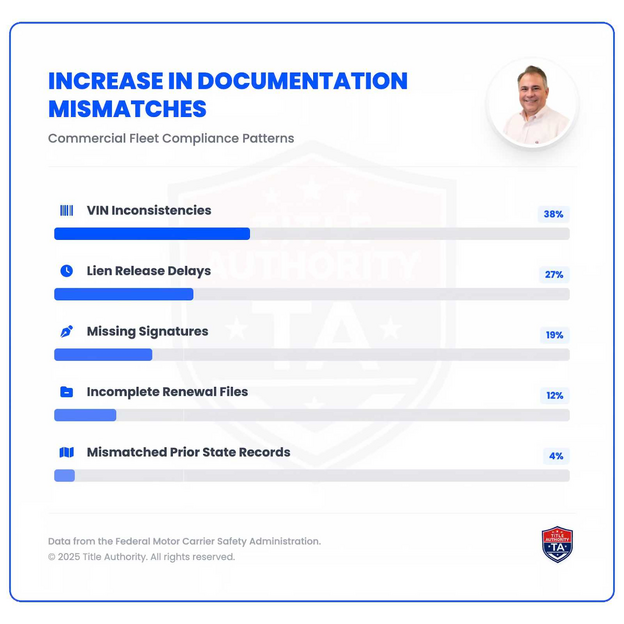
The modern legal landscape faces a growing challenge: how to reconcile the public’s right to know with individuals’ rights to privacy. As court proceedings become increasingly digitized and accessible, striking a balance between transparency and confidentiality is more crucial than ever. Whether in family law, civil litigation, or corporate disputes, the tension between these two principles continues to shape the way justice is administered.
Understanding the Core Principles
The Importance of Transparency in the Legal System
Transparency is a foundational principle of justice. Open proceedings allow the public to scrutinize court decisions, hold institutions accountable, and maintain trust in the rule of law. Transparency ensures that no party operates behind closed doors, and it deters corruption or bias by subjecting legal processes to public oversight.
In democratic societies, transparency also promotes legal education and precedent development. Lawyers, judges, and the public rely on open access to past rulings to understand how laws are applied and interpreted. Without transparency, the law risks becoming inaccessible and inconsistent.
The Need for Privacy and Confidentiality
Privacy, however, is equally essential—especially in cases involving sensitive personal or proprietary information. Individuals involved in family disputes, employment conflicts, or medical cases often share deeply personal details that, if made public, could cause harm or embarrassment. Businesses, too, rely on confidentiality to protect trade secrets, client data, and internal practices.
The need for privacy aligns with broader legal protections such as data protection laws and attorney-client privilege. These mechanisms help preserve trust between clients and counsel while preventing misuse of personal or classified information.
Areas Where Privacy and Transparency Collide
Family Law Disputes
Few areas of law reveal the tension between privacy and transparency more clearly than family law. Divorce proceedings, custody battles, and adoption cases often involve private family matters that are shielded from public view. While some transparency is necessary to ensure fairness, courts typically seal records or use initials instead of names to protect children and victims of domestic abuse.
For individuals seeking compassionate and discreet legal representation in such matters, firms like Dellino Family Law Group emphasize both advocacy and sensitivity, ensuring that personal information remains protected while pursuing equitable outcomes.
Civil Litigation and Corporate Disputes
In civil and corporate cases, the issue of transparency often arises when trade secrets or confidential contracts are introduced as evidence. Courts must determine whether public disclosure would cause undue harm to a company’s competitive position. Protective orders and in-camera reviews (private judicial examinations) are commonly used to strike a balance between public access and business confidentiality.
However, excessive secrecy can also harm public trust. For instance, if settlements involving safety violations or environmental issues are sealed, the public may remain unaware of ongoing risks. This raises ethical and policy questions about when privacy should yield to transparency for the greater good.
Criminal Proceedings
Transparency in criminal trials is vital for ensuring accountability, yet privacy concerns are also significant. Victims, witnesses, and even defendants have rights to protection from unnecessary exposure. Courts may restrict media coverage or redact identifying details to prevent harassment or prejudice, especially in cases involving minors or sexual offenses.
Balancing these concerns requires a careful judicial approach, weighing the public’s right to information against potential harm to those involved.
Legal Mechanisms for Managing Confidentiality
Protective Orders and Sealed Records
Protective orders are one of the most common tools used to safeguard sensitive information during litigation. These orders limit who can view or disclose certain materials, such as medical records, financial data, or business strategies. When justified, courts may also “seal” portions of a case file, preventing public access to documents that could compromise privacy or safety.
While these tools preserve confidentiality, they must be used judiciously. Excessive sealing undermines transparency and can obscure patterns of misconduct, particularly in cases involving public institutions.
Redaction and Anonymization
Redacting names, addresses, and identifying details is another way to maintain a balance between openness and discretion. Courts frequently publish redacted opinions to make rulings accessible without compromising the privacy of the individuals involved. In some jurisdictions, pseudonyms are used in sensitive cases, such as “Jane Doe” or “John Smith,” to prevent unnecessary exposure.
The Role of Technology and Digital Records
The digital transformation of court systems has amplified privacy challenges. Online court dockets and electronic filing systems increase public accessibility but also heighten the risk of data breaches or unauthorized dissemination of private details. Judges and clerks must now consider cybersecurity standards, encryption, and data retention policies as part of the broader conversation about transparency and privacy.
Ethical and Policy Considerations
The Public Interest Test
One of the most important guiding principles in balancing privacy and transparency is the public interest test. This concept asks whether releasing certain information serves a legitimate public purpose, such as exposing wrongdoing, protecting community safety, or ensuring judicial fairness. If not, courts may prioritize privacy to prevent unnecessary harm.
For example, information about family court proceedings rarely meets the public interest threshold, while corporate fraud or government corruption cases often do.
Media Responsibility and Legal Reporting
Media coverage plays a significant role in shaping public understanding of legal disputes. Ethical journalism should respect privacy where appropriate, especially in cases involving victims or minors. The tension between press freedom and responsible reporting continues to evolve, particularly with the rise of online platforms where information can spread instantly and irreversibly.
The Influence of Global Standards
Different jurisdictions approach this balance in unique ways. In the United States, freedom of the press and open court doctrines are deeply rooted, while European systems—guided by the General Data Protection Regulation (GDPR)—tend to prioritize individual privacy more strongly. These contrasting frameworks influence how courts handle transparency, especially when cross-border data or international parties are involved.
Government bodies and resources like the U.S. Department of State’s family law section offer valuable insights into international standards and how they affect family and civil cases across borders.
Evolving Practices and Future Directions
Alternative Dispute Resolution (ADR)
Mediation and arbitration offer private venues for resolving conflicts without public exposure. ADR processes allow parties to maintain confidentiality while still achieving binding outcomes. As courts become more congested and digital privacy concerns grow, ADR continues to rise in popularity for both individuals and businesses.
Judicial Discretion and Reform
Judges play a crucial role in determining the appropriate level of transparency in each case. Judicial training and evolving procedural rules help ensure that privacy protections are applied consistently and fairly. Some courts are adopting tiered access systems, allowing partial disclosure of records depending on user roles—public, press, or parties involved.
Building Public Trust Through Balanced Access
Ultimately, privacy and transparency need not be mutually exclusive. Courts and lawmakers can foster public confidence by making clear distinctions between information that serves public oversight and that which merely satisfies curiosity. Regular audits, digital safeguards, and transparent reasoning for sealing decisions can help maintain this delicate balance.
Conclusion
The balance between privacy and transparency in legal disputes is not static—it evolves alongside technology, cultural expectations, and societal values. Both principles are vital to justice: transparency ensures accountability, while privacy preserves dignity and fairness. Finding harmony between the two requires continuous reflection, adaptation, and ethical judgment.
Legal professionals, policymakers, and the public must engage collaboratively in this ongoing dialogue. By doing so, society can uphold both openness and respect for individual rights—ensuring that justice is not only done but seen to be done, responsibly and respectfully.




















